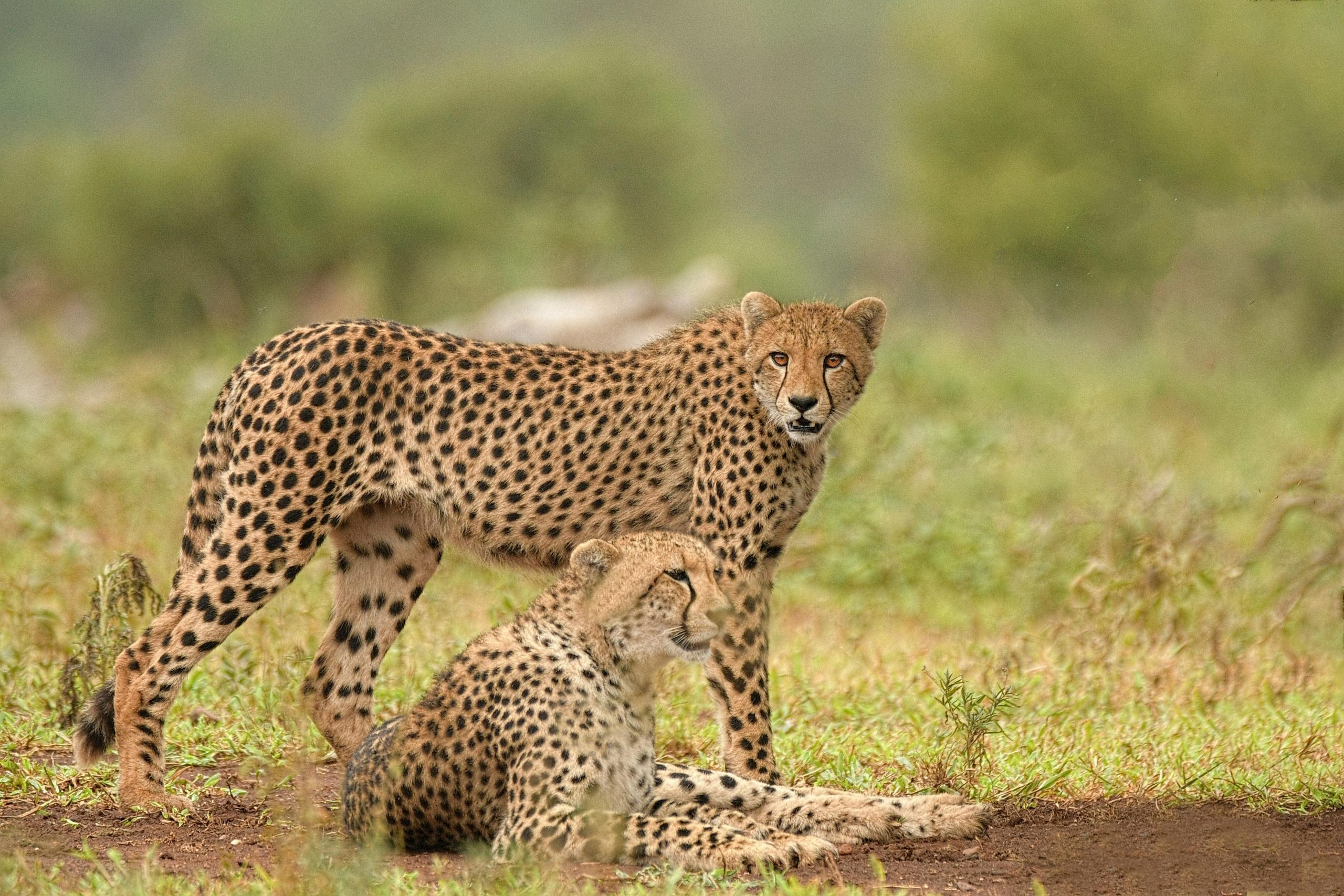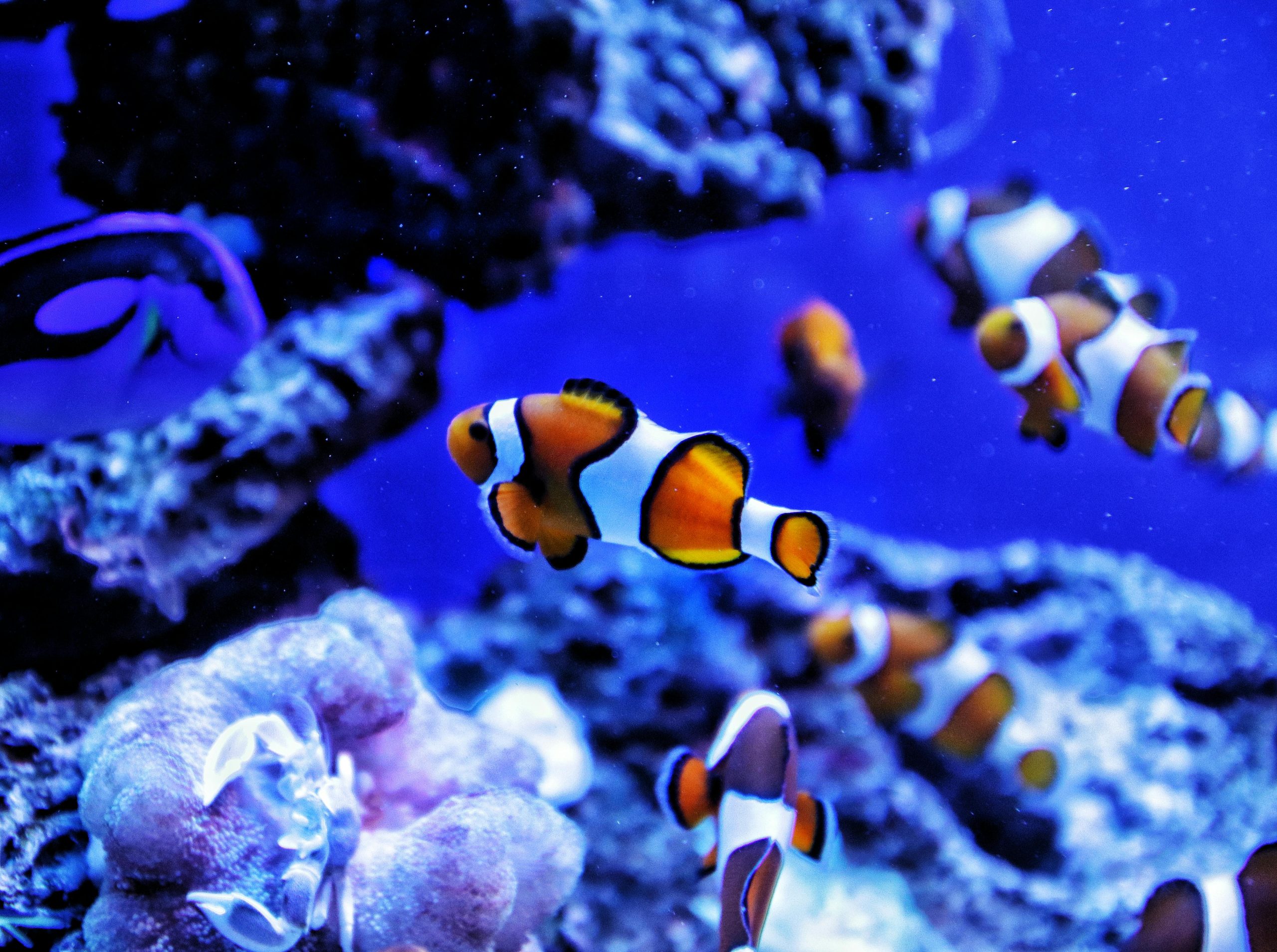Table of Contents
![]()
Introduction
Speed is a critical factor in the animal kingdom, playing a crucial role in both predation and escape. Understanding the fastest animals on Earth provides insight into how these creatures have evolved to maximize their velocities for survival. Speed can be measured in various ways, including running, flying, and swimming, each requiring unique adaptations.
Fastest Land Animals
The Cheetah
The cheetah (Acinonyx jubatus) holds the title for the fastest land animal, reaching speeds of 60-70 mph (97-113 km/h). Its incredible speed is a result of several specialized adaptations. The cheetah’s lightweight frame, combined with a highly flexible spine, allows for extraordinary acceleration and agility. Large nasal passages and lungs facilitate a higher oxygen intake, crucial during high-speed chases. This animal uses its speed primarily for hunting, capable of short bursts that can outpace most prey.
The Pronghorn Antelope
The pronghorn antelope (Antilocapra americana) can reach speeds of up to 55 mph (88 km/h), making it the second-fastest land animal. Unlike the cheetah, pronghorns are built for endurance rather than acceleration. Their large lungs and heart, along with specialized leg muscles, support prolonged high-speed running, which helps them evade predators over long distances. The pronghorn’s speed is an evolutionary adaptation to escape the now-extinct American cheetah, which once roamed its habitat.
The Springbok
Another notable fast land animal is the springbok (Antidorcas marsupialis), which can also achieve speeds of 55 mph (88 km/h). Springboks are renowned for their unique leaping ability, known as “pronking,” where they leap into the air in a series of high jumps. This behavior not only helps them evade predators but also enables them to cover ground quickly. Their speed and agility make them elusive targets for predators.
Fastest Flying Animals
The Peregrine Falcon
The peregrine falcon (Falco peregrinus) is the fastest bird and indeed the fastest animal overall when in a dive, reaching speeds of 240 mph (386 km/h). This impressive velocity is achieved during its hunting stoop, or hunting dive, where the bird folds its wings and plunges towards its prey with unparalleled speed and precision. The peregrine falcon’s aerodynamic body, powerful muscles, and keen eyesight make it a formidable predator in the skies.
The Golden Eagle
The golden eagle (Aquila chrysaetos) can reach speeds of up to 150 mph (240 km/h) during a dive. These majestic birds use their speed to capture prey and assert dominance. Adaptations such as strong, broad wings and robust talons support their high-speed flight and hunting prowess. Golden eagles are versatile predators, capable of taking down large prey due to their strength and speed.
The White-throated Needletail
The white-throated needletail (Hirundapus caudacutus) is the fastest bird in level flight, reaching speeds of approximately 105 mph (169 km/h). Unlike falcons, which achieve speed during dives, the needletail maintains high speeds while flying horizontally. Its streamlined body and powerful wing muscles facilitate this remarkable feat, aiding in its long migrations across vast distances.
Fastest Marine Animals
The Sailfish
The sailfish (Istiophorus platypterus) is recognized as the fastest fish in the ocean, capable of reaching speeds up to 68 mph (110 km/h). Its streamlined body and distinctive sail-like dorsal fin reduce drag and allow for swift swimming. Sailfish use their speed to catch smaller fish and evade larger predators, making them highly efficient hunters in the marine environment.
The Black Marlin
The black marlin (Istiompax indica) can achieve speeds of up to 82 mph (132 km/h). This species is noted for its powerful, torpedo-shaped body and long, sharp bill, which aids in slicing through the water with minimal resistance. The black marlin’s speed is an adaptation for both hunting and escaping from threats in the vast ocean.
The Yellowfin Tuna
The yellowfin tuna (Thunnus albacares) is another remarkable swimmer, reaching speeds of up to 75 mph (120 km/h). Its muscular, streamlined body and retractable fins contribute to its high-speed capabilities. Yellowfin tuna use their speed to catch prey and migrate across oceans, making them one of the most agile fish in the sea.
Comparative Analysis
Speed varies significantly across different environments, with land animals relying on acceleration and endurance, birds utilizing aerial maneuverability, and marine creatures optimizing streamlined bodies for swift swimming. Evolution has shaped these animals to maximize their speed according to their specific ecological niches. For instance, the cheetah’s acceleration aids in short, intense chases, while the pronghorn’s endurance supports long-distance evasion.
Human Influence on Fast Animals
Human activities, such as habitat destruction and climate change, pose significant threats to fast animals. The loss of habitats can reduce the availability of prey and disrupt migration patterns, affecting the survival of species like the peregrine falcon and black marlin. Conservation efforts are crucial to preserving these animals and their natural habitats. Successful initiatives include habitat protection, anti-poaching measures, and research on migratory patterns to ensure these species continue to thrive.
Conclusion
The fastest animals on Earth showcase the remarkable adaptations that enable them to reach extraordinary speeds. From the cheetah’s ground speed to the peregrine falcon’s aerial dive and the sailfish’s marine agility, these animals exemplify the diverse evolutionary strategies for speed. Understanding and preserving these species is vital, as their speed plays a fundamental role in their survival and ecological balance. Continued research and conservation efforts are essential to ensure that these incredible animals remain a part of our natural world.
Share This





Be the first to comment